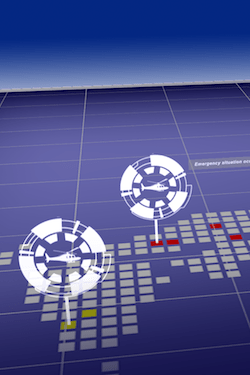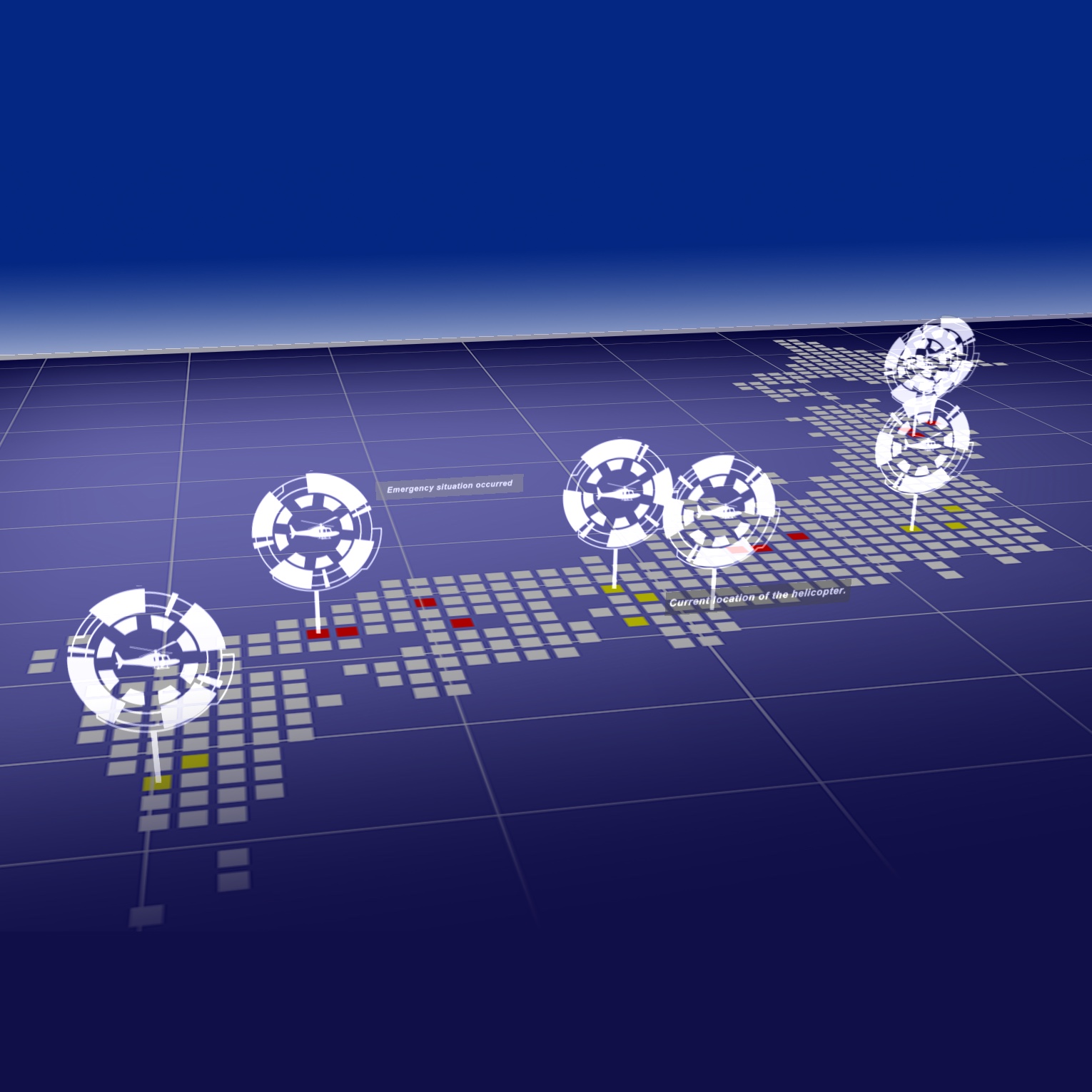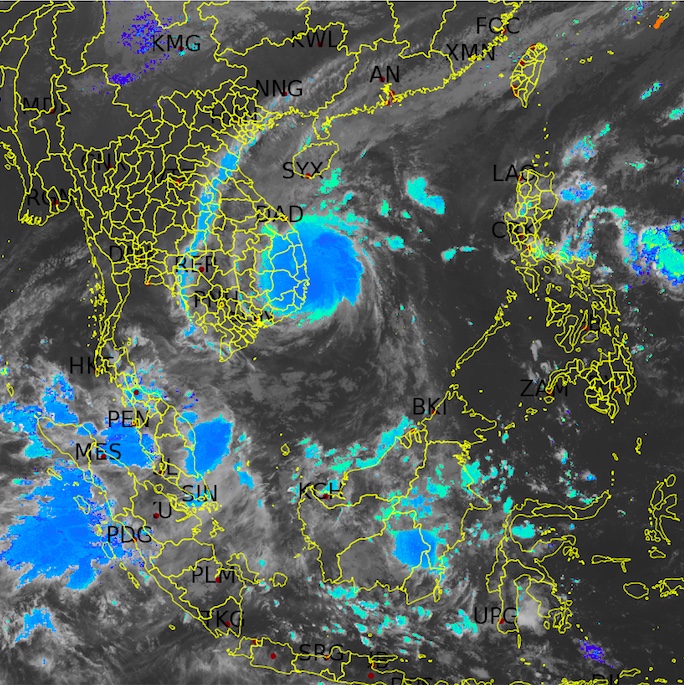
Weathernews AI
LAPLACE
Weathernews leverages IoT to collect and analyze big data, including not only weather data gathered by observation instruments, but also real-time pollen levels from pollen observation robots, wave and wind reports received from the captains of oceangoing ships, and weather reports sent in by the general public. We use this data to make forecasts and provide our Risk Communication services (countermeasure recommendations) to help our customers in various markets respond to weather risks. This service is carried out by Risk Communicators with a thorough understanding of the weather-related issues that affect each customer's business.
Incorporating AI technology appropriately in the process enables us to not only improve the accuracy and efficiency of our Risk Communication services, but in some cases even provide information and solutions that could not be achieved by man-power alone.
Weathernews calls this AI technology, LAPLACE, after "Laplace's Demon", an idea proposed by 18th century French, mathematician, physicist, and astronomer, Pierre-Simon LaPlace, which states that if we could accurately understand the present, we would be able to predict (calculate) future phenomena, which are an extension of the present.
Weathernews is using LAPLACE in various places within the company.
LAPLACE Use Cases

Weather Report Analysis
– Quantifying human sensations and text –

Evaluating Risk Based On Camera Images
– Customer knowledge reflected in camera images –

Mail handling optimization
– Sorting 10,000 email messages –

Estimating Precipitation Levels in Developing Asian Countries
– Using deep learning (CNN) –

Communication Support Tools
– Discovering risks from dialog with customers –

Weather Report Analysis
– Quantifying human sensations and text –

Evaluating Risk Based On Camera Images
– Customer knowledge reflected in camera images –
Therefore, we have trained LAPLACE to understand the perspectives, timing, and local conditions of the sky and clouds in those mountains and passes that have been identified as places of concern by our customers and Risk Communicators. LAPLACE then converts the relevant camera images into data. The information we are able to extract from this data is reflected in the content we provide to our customers, enabling them to operate more safely, by quickly detecting indications of bad weather and preventing warning signs from being overlooked.

Mail handling optimization
– Sorting 10,000 email messages –
In the past, one person would read around 1,500 email messages per day and sort them into, "urgent items", "schedule issues", and "observations", and assign them to staff to carry out the next part of the process. However, in the timezones where the messages were concentrated, the sorting was time-consuming and it also took time to implement the necessary actions.
In 2017, LAPLACE, which had been trained to decipher these various email styles, succeeded in carrying out about 60% of this email sorting, enabling us to act more quickly on behalf of our customers.

Estimating Precipitation Levels in Developing Asian Countries
– Using deep learning (CNN) –

Communication Support Tools –
– Discovering risks from dialog with customers –
For example, even a small amount of rainfall during asphalt replacement for road repairs can diminish the quality of the finished surface, requiring that the work be redone, which leads to increased costs for process readjustments, etc. Even with the latest technology, forecast accuracy for phenomena that cause such problems is not 100%, but losses can be reduced through good detection of the circumstances at the time and appropriate countermeasures. Therefore, our system reads in and analyzes large scale data on moment-to-moment and changing weather phenomena, along with data extracted from customer dialog regarding things like, "risks and events of concern", "the customer's circumstances", "degree of urgency", and then generates information such as, "the level of risk the customer faces" and "what countermeasures can be taken at this time".
By communicating with many customers through the operation of this system, we learn about what kinds of information interests our customers, under which circumstances, as well as related trends, and use this information to improve the quality of our support services.

LAPLACE
